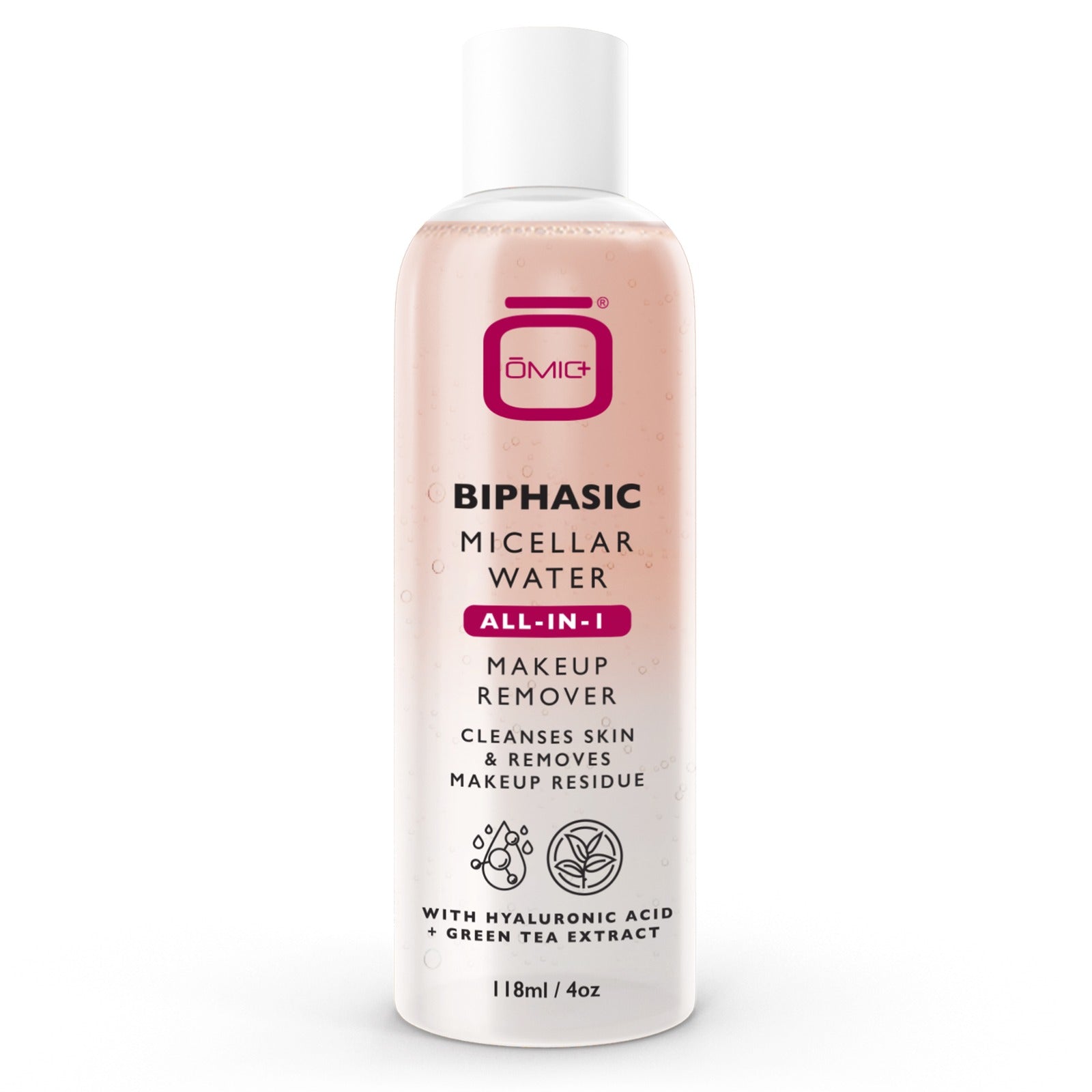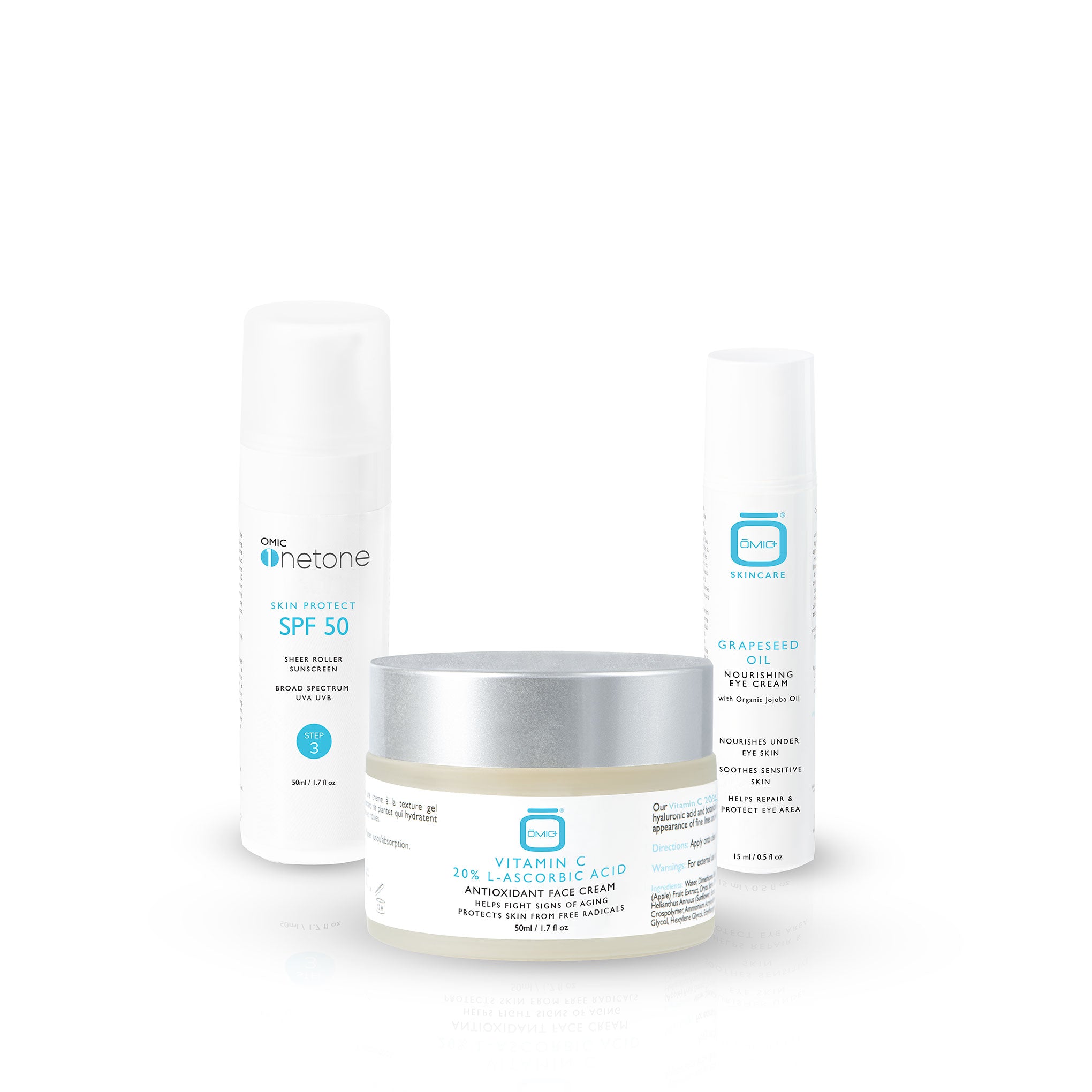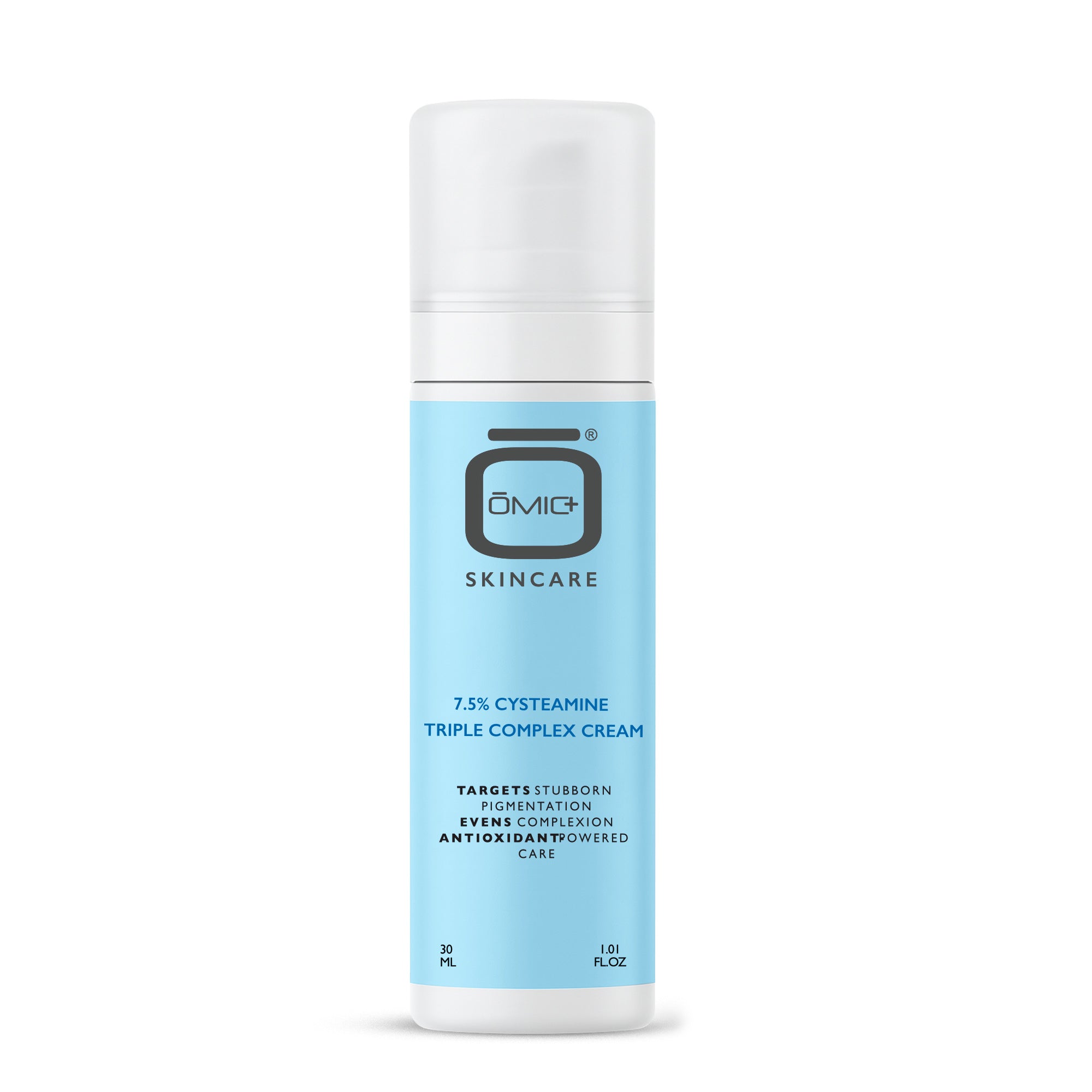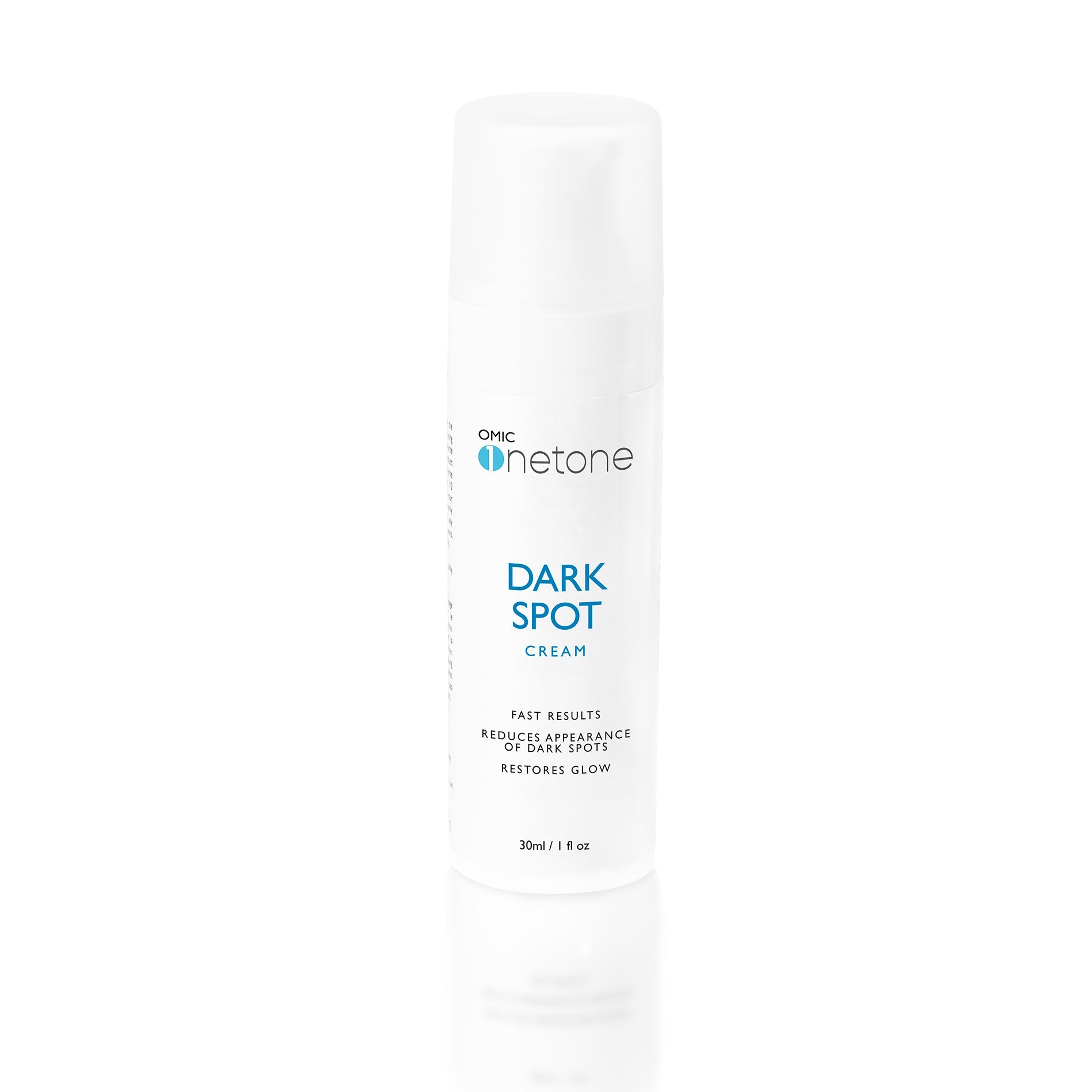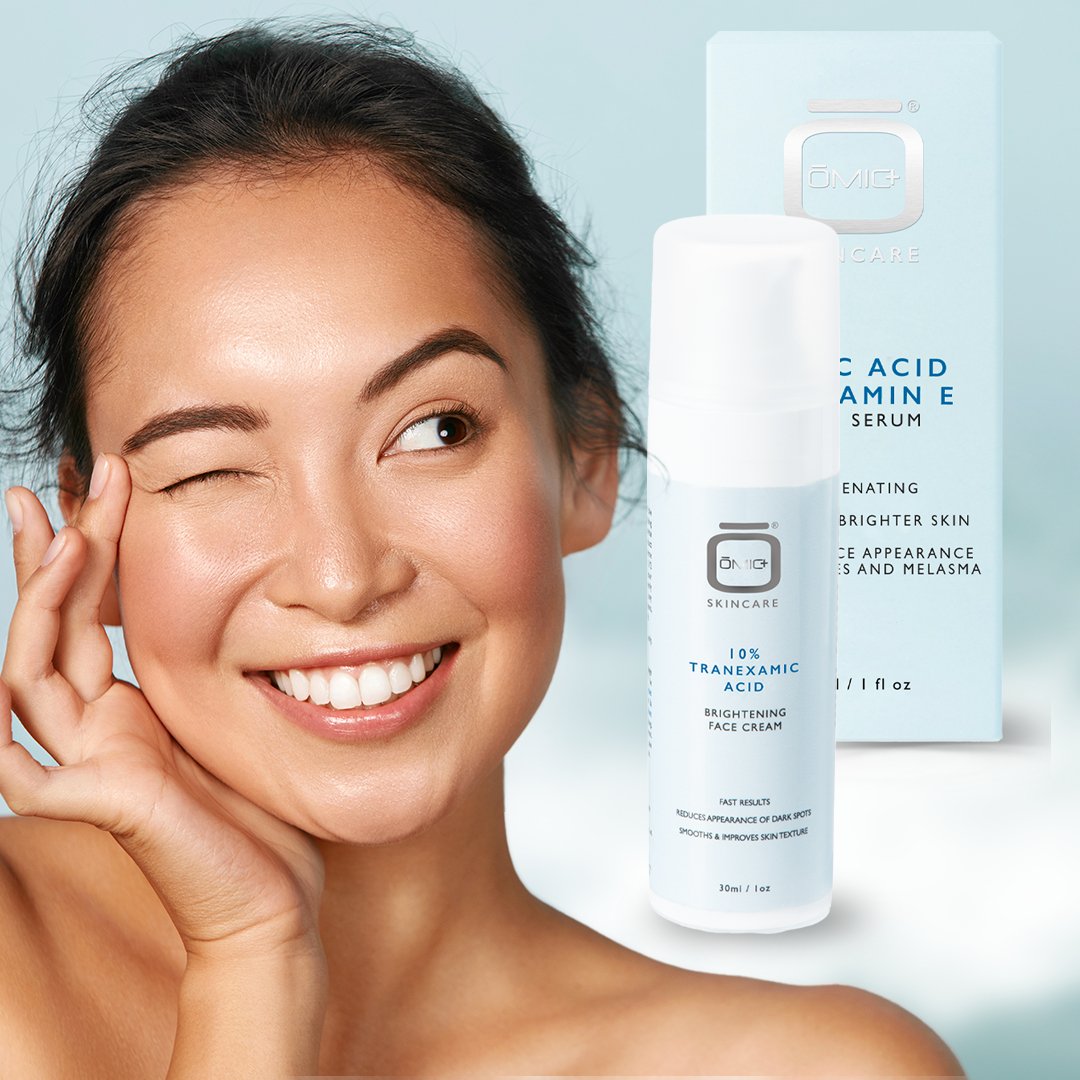Understanding the Difference: Tranexamic Acid versus Retinol
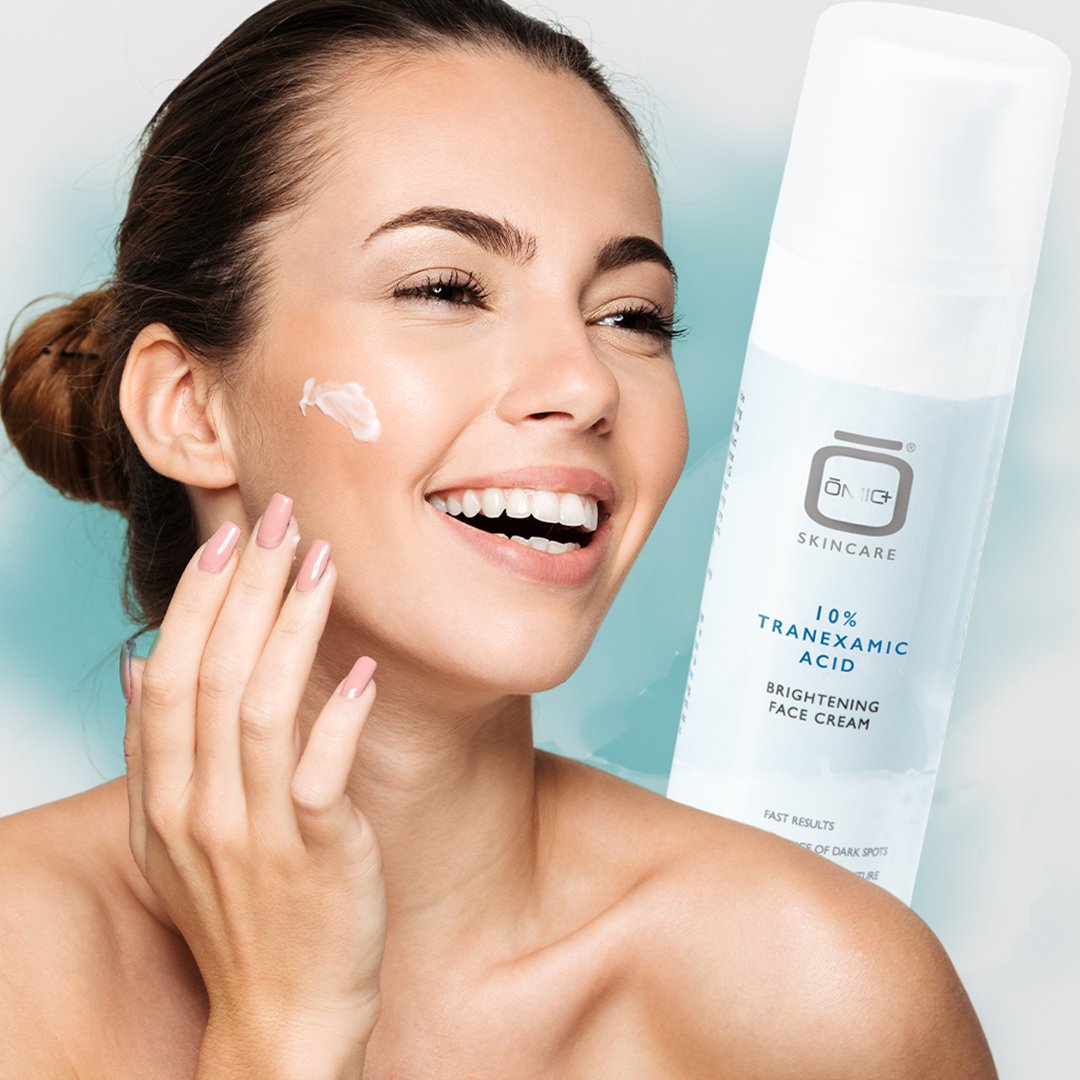
Tranexamic acid is an exciting topical ingredient to fade the look of several types of skin discolorations. Research has shown the effectiveness of this ingredient rivals that of gold standard hydroquinone and is even suitable for those with melasma. Tranexamic acid also helps skin retain its youthful appearance in other ways. Let’s explore what it is and how it work.
How does tranexamic acid work?
Tranexamic acid works to actively improve existing skin discolorations and also helps prevent the formation of new dark spots. In fact, nearly 96% of study participants who used tranexamic acid saw noticeable improvement after 12 weeks of daily use when coupled with a broad-spectrum sunscreen, which is essential to prevent discoloration.
Tranexamic acid seems to have a special ability to interact with an enzyme in skin known as plasmin and its precursor, plasminogen. Skin’s surface cells develop excess plasmin in response to radiation exposure (think ultraviolet light from the sun and tanning salons). The excess plasmin triggers other substances in skin’s surface that in turn stimulate excess melanin production in skin’s lower layers, which eventually shows on the surface. Tranexamic acid works so well because it is able to interrupt multiple pathways related to surface discolorations.
Does tranexamic acid fade dark spots?
Tranexamic acid helps prevent the formation of dark spots while actively improving existing discolorations. Sometimes pigmentation is concentrated in a small area—think typical brown spots. Other times, it’s more of a diffused, mask-like discoloration appearing on the perimeter of the face and around the mouth (this type of discoloration commonly occurs during pregnancy.
Tranexamic acid targets both dark spots and mask-like discolorations as it allows skin’s surface layers to regain their natural, even-toned color. The trick is patience: It can take 8–12 weeks of daily use until you see significant results.
Is tranexamic acid good for acne scars?
Tranexamic acid can help fade the look of post-breakout marks of any color and seems to be particularly effective for deeper skin tones. It also helps visibly reduce redness (5).
Is tranexamic acid good for skin?
Tranexamic acid is a well-tolerated ingredient with researching backing its benefits, making it overall good for skin.
Visibly Control & Fade Dark Spots
A potent serum that targets brown + gray patches while helping prevent new discoloration from forming with a blend of tranexamic acid, bakuchiol and niacinamide.
How to use tranexamic acid in your routine
Adding tranexamic acid to your skin care routine is refreshingly easy. All skin types, ages, and ethnicities struggling with discolorations can use it once or twice daily (we recommend twice daily for faster results).
The distinction on when in your skin care routine to apply this great ingredient depends on whether you’re using it as a targeted spot treatment or applying it all over your face.
If you have multiple discolorations, during the day, apply your 10% Tranexamic Acid all over your face after cleansing, toning, and using a leave-on AHA or BHA exfoliant. Follow with a serum (if used) and/or any other treatment product, and finish with your sunscreen. For spot application, apply to discolored areas in the morning and finish with sunscreen.
Follow the same pattern for nighttime use, applying all over the face and following with other nighttime treatments, and then moisturizer. For spot application, dab on and finish with your moisturizer. You don’t need to wait between steps but do take care to keep as much of the tranexamic acid product on dark spots as possible.
Is tranexamic acid a retinol?
Tranexamic acid is a water-soluble synthetic ingredient derived from the amino acid lysine. It must be used with oil-soluble ingredients to have it be most bioavailable to skin. Its primary benefit for skin is improving surface discolorations that show up due to sun damage, but it can also help other types and causes of discolorations.
In order to be effective for visibly reducing skin discolorations, tranexamic acid skin care products should contain between 2-5% of this ingredient.
Can I use retinol and tranexamic acid together?
Yes, you can use retinol and tranexamic acid together. Because topical products targeting discoloration tend to do better with supporting ingredients, it’s best to look for tranexamic acid in skin care paired with other discoloration-improving ingredients, like retinol, bakuchiol, niacinamide, various forms of vitamin C, or brightening plant extracts such as licorice root. Combining ingredients also ensures better results because each has unique ways of targeting discolorations.
- Tags: Tips
0 comments




